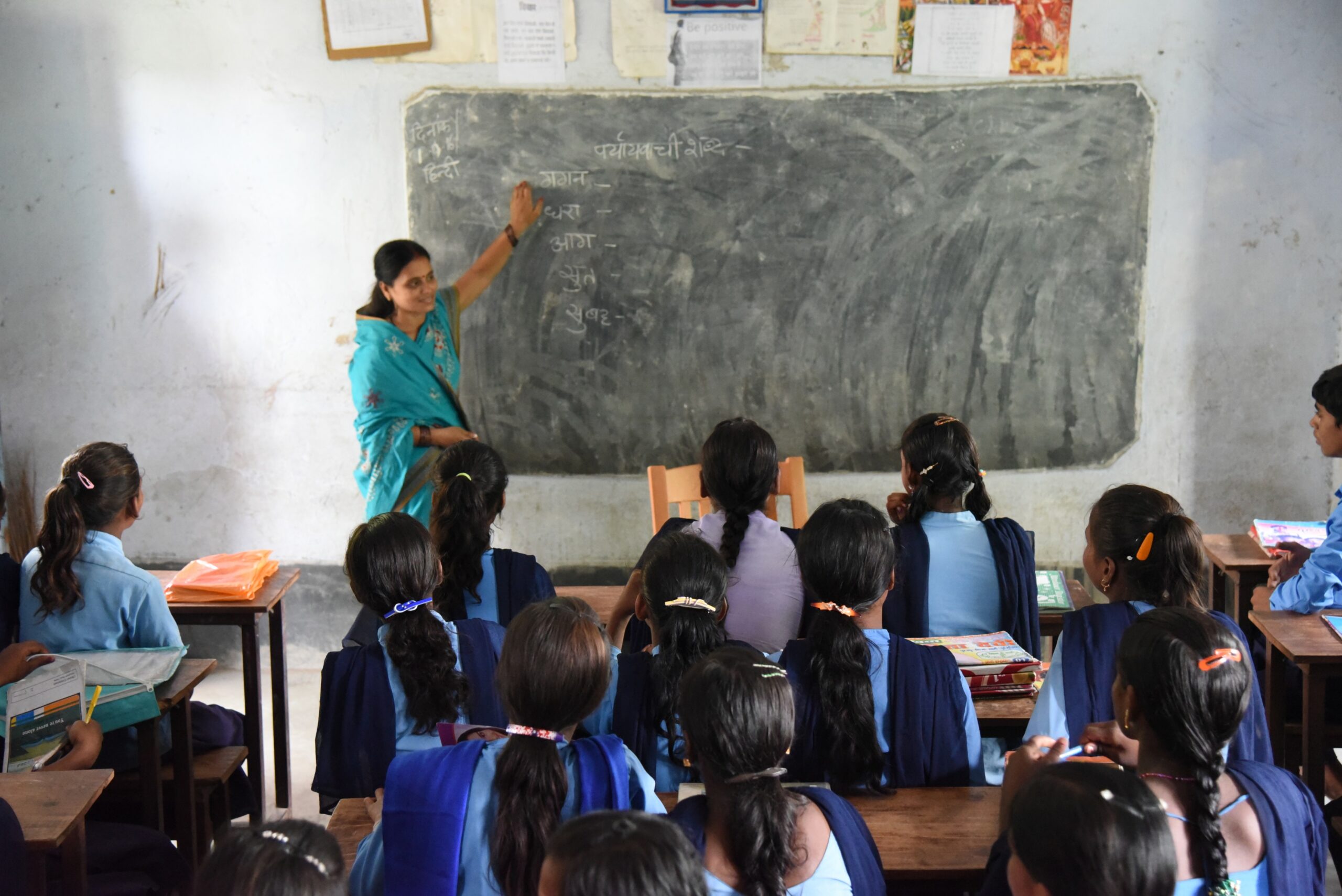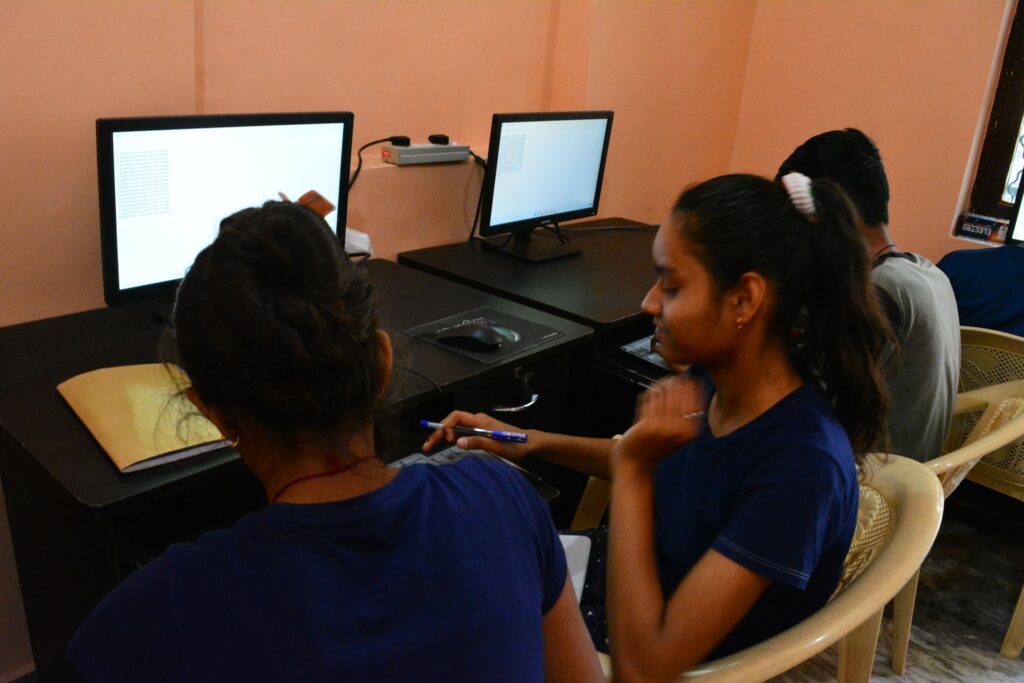
Why Does Early Childhood Education Matter for India’s Future?
Summary/TL;DRThe importance of early childhood education (ECE) in India is critical for shaping the nation’s future. Quality ECE fosters cognit....
Read MoreEducation is a key building block in a child's development. In India, while many children living in cities benefit from better school infrastructure and teaching methods, many children in rural areas still lack access to the same opportunities. This difference creates an education divide that can affect children’s future learning, job prospects, and personal growth.
The digital classroom is a powerful tool that is helping to reduce this gap. By introducing digital learning in rural schools, children can access education that was once limited to urban areas.
With the right support and cooperation, digital classrooms can help ensure that every child in India, whether from a city or a village, gets a fair chance at quality education.

The education gap between rural and urban India is not just about infrastructure; it’s also about opportunities. In cities, children often attend schools with trained teachers, well-stocked libraries, computer labs, and extracurricular activities. They are more likely to access coaching, online learning, and additional resources that support their growth.
In contrast, many rural children attend schools with limited teaching staff, fewer learning materials, and less exposure to technology. The difference in quality and experience can have a long-lasting impact. Many children in villages struggle to understand key concepts, and as they grow older, the learning gap widens. This affects academic results and also reduces motivation and confidence.
However, this divide can be addressed. By using modern teaching tools and reaching rural classrooms through technology, children from remote areas can also receive high-quality education tailored to their needs.
Also Read: Importance of Education for Underprivileged Children
A digital classroom is a learning space that combines traditional teaching with digital tools. These classrooms use computers, tablets, projectors, and internet-based platforms to deliver lessons more interactively and flexibly.
They help make learning more effective and enjoyable for children. Subjects such as science and mathematics become easier to understand when taught using videos, graphics, and hands-on digital activities.
Also Read: Rural Education
A digital classroom includes several key components:
These tools work together to create a learning environment that is informative, engaging, and accessible to every child.
In traditional classrooms, teachers often use textbooks and blackboards to explain topics. While this method has served for generations, it may not always cater to all learning styles. Some children need visual or hands-on learning to truly grasp concepts.
Digital classrooms provide that variety. Children can watch videos to learn about a historical event, take interactive quizzes to test their understanding, or work in groups on a tablet to solve problems.
The lessons are more dynamic, which helps maintain attention and builds curiosity. Teachers can also assess students’ progress quickly and adjust their teaching accordingly.
Also Read: Importance of Inclusive Education
There are several benefits of digital classroom learning for rural communities:
These benefits support children's growth and help close the learning gap between urban and rural areas.
Also Read: Digital Literacy in Rural Areas
The changes are clear in several rural schools where digital learning has been introduced. In one village, for instance, students who used to struggle with maths now look forward to solving problems with the help of animated lessons.
In another school, children explore new subjects like space science through video lessons, which were once beyond their reach.
Teachers also report a behaviour change. Children are more curious; they ask questions and enjoy participating in class. Both boys and girls benefit equally, as digital classrooms offer personalised learning that suits every child’s pace and style.
Also Read: Child's Right to Education
Despite the promise, there are some challenges in setting up digital classrooms in rural schools.
To make digital classrooms successful across rural India, these challenges need thoughtful solutions, such as solar-powered systems, offline digital resources, and community involvement.
Scaling digital education solutions requires a collaborative approach. Governments, private companies, and NGOs each play an important role. Public-private partnerships can help provide funding, infrastructure, and technical support. Meanwhile, NGOs help connect these resources to communities that need them the most.
They also provide on-ground support, ensuring digital tools are used effectively and sustainably. With everyone working together, more children can benefit from this technology, especially in areas where educational progress has been slow.
CRY India supports the growth of digital classrooms by working with local schools, communities, and education partners. We aim to improve learning outcomes by helping schools adopt digital tools and practices.
Rather than just delivering equipment, CRY India plays a guiding role, helping teachers understand how to use digital resources, encouraging community awareness, and ensuring that both boys and girls benefit equally. The focus remains on building an environment where children can enjoy learning and reach their full potential.
CRY India contributes to long-term solutions by not only facilitating child education but also creating inclusive, future-ready learning environments where every child can thrive.
Also Read: Digital Literacy in India